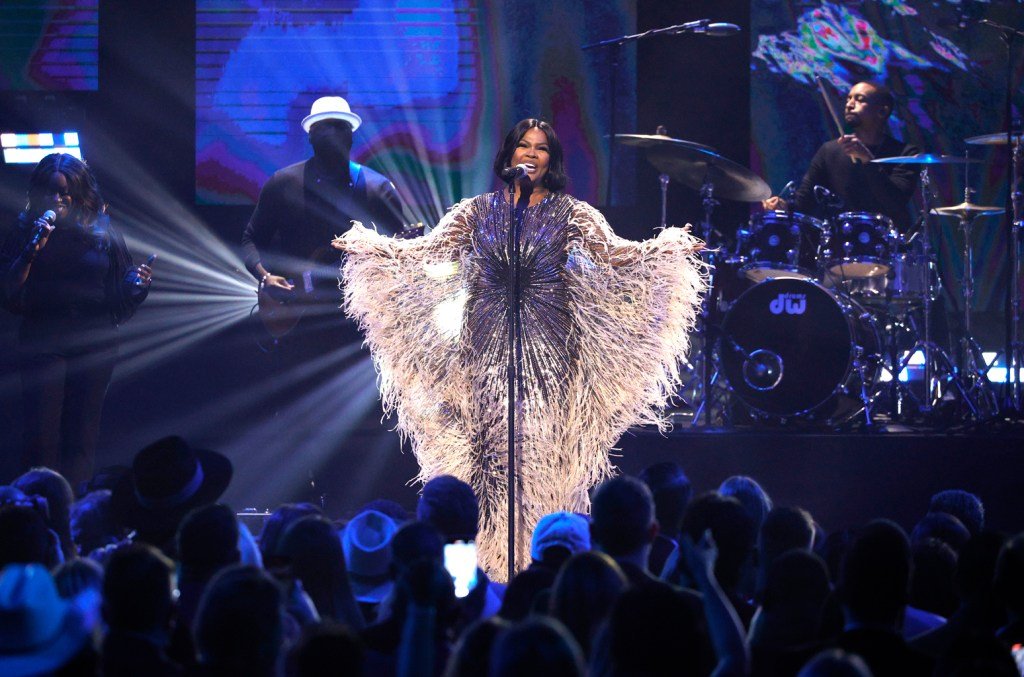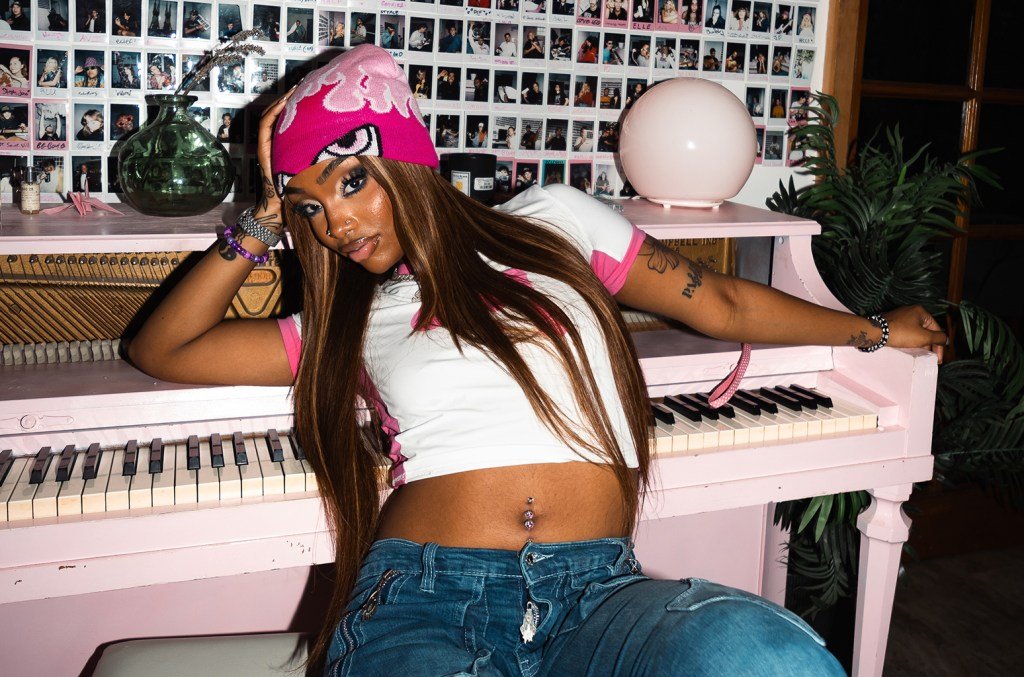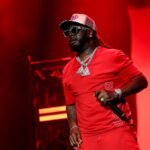Lay Bankz’s “Tell Ur Girlfriend” sounds as if someone sliced up Ginuwine’s “Pony” and Omarion’s “Ice Box,” tossed them in a blender with a four-to-the-floor kick drum, and served up the results. “It felt like a hit to us,” says Alec Henderson, head of digital at Banks’ label, Artist Partner Group. “But labels never really call the hits.”
In this climate, labels sometimes give up on songs that aren’t immediately greeted rapturously by listeners. But APG stuck with “Tell Ur Girlfriend,” running TikTok campaigns that played on the track’s saucy lyrics: “Should tell my boyfriend what I been doin’/ Been thinkin’ of you every time I screw him.” “We really believed in that song,” Henderson says.
Their faith was rewarded when two creators developed a dance set to the track. On TikTok, where trends bloom and die out rapidly, dance trends are ancient history — they were more common back in the platform’s early days, 2019 and 2020. But the “Tell Ur Girlfriend” dance “just went crazy,” according to Henderson. The song cracked the TikTok Billboard Top 50 chart in April. A week later, “Tell Ur Girlfriend,” debuted at No. 58 on the Billboard Hot 100 (dated April 27), thanks to nearly 9 million official U.S. streams, according to Luminate.
Lay Bankz’s hit was one of 24 songs that appeared on the TikTok Billboard Top 50 before jumping to the Hot 100 in the first 11-ish months of 2024. (“Tell Ur Girlfriend” ended up spending three weeks at No. 1 on the former chart.) That’s a considerable number, but still ultimately a small percentage of the platform’s biggest 2024 hits: More than 600 songs appeared on the TikTok Billboard Top 50 during this period, showing that even hard-won virality on the massively popular app does not necessarily correlate with widespread listening activity.
Even so, marketers say it remains an essential plank of most campaigns — sometimes the only plank. “All roads lead back to TikTok at this point, in some capacity,” says Amy Hart, who worked at the digital marketing agency Flighthouse and the label 10k Projects before co-founding prairy, a new indie label. This remains true, she continues, even though “the odds of actually starting something from scratch are so small.”
TikTok is usually portrayed as an initiator, the platform that kicks off the chain-reaction that later creates a hit. The potential power of this approach can be seen when looking at the songs that made the leap from the TikTok Billboard Top 50 to the Hot 100 this year: They often climbed to the upper reaches of the chart — their average peak position was No. 18 on the Hot 100 — and they spent a healthy 20 weeks on the chart. (In total, 88 songs appeared on both the TikTok Billboard Top 50 and the Hot 100, including 37 that appeared on the two rankings the same week, and 27 tracks that did a reverse crossover, showing up on the Hot 100 first and then appearing on the TikTok Billboard Top 50.)
Digital marketers who focus on TikTok will face additional challenges in 2025. Most important, the future of TikTok is an open question (again). Federal judges recently upheld a law requiring Bytedance to sell the app by January 19th or face a ban in the U.S., where some 170 million people use TikTok.
The outcome of that fight is outside of marketers’ control. But closer to home, “the biggest thing that I’ve noticed is influencer campaigns just don’t work,” Hart says.
In TikTok’s early days, paying a creator with a following to make a video with an artist’s song was common, relatively cheap, and occasionally effective. While it’s still common, it’s now expensive and often worthless. “I’m starting to put less and less faith in influencer marketing as a vehicle for the distribution of and marketing of music,” says Sam Alavi, who co-manages the artist bbno$. (bbno$’s “It Boy” hit No. 10 on the TikTok Billboard Top 50 this year.)
Some marketers have instead looked to contest platforms, which recruit a pool of creators and offer them cash prizes to make videos with specific songs, awarding the money to the clips that get the most engagement. This ties performance to payment, in contrast to traditional influencer approach — most influencers charge a flat rate, so they get paid the same whether their video gets two views or 2 million.
The contest platforms offer “a much easier way to get a volume of sound uses” compared to reaching out to one influencer at a time, explains Marisa Kurtz, vp of marketing at Fearless Records. “And the contest element does encourage creators to make thoughtful videos in the hopes of getting the most views.”
Other executives haven’t seen as much success with this approach, however. “We’ve actually been working on moving away from contest-style campaigns in the last seven or eight months,” says Rafael Rocha, CEO of the marketing agency NuWave Digital. “Those are, in our view, also becoming inefficient and oversaturated.”
Another strategy that has caught on with marketers is to create and oversee their own artist fan pages, which can shotgun posts onto TikTok at a low cost. These accounts operate as if you had “a media outlet at your disposal at all times,” Laura Spinelli, digital marketing manager for Shopkeeper Management, told Billboard earlier this year. Tim Collins, co-founder of the digital marketing agency Creed Media, noted that fan pages “can tell the story of an artist without the artist having to be the voice.”
One thing is certain: Whatever approach works now is unlikely to work in three to six months. “Tik Tok is always moving and changing,” Hart says. As a result, marketers have to continuously adjust their approach.
“As much as we all like to think that we can sit down at this table and be like, ‘This is the thing that’s going to go viral,’’ Alavi adds, “none of us f–king know.”
















